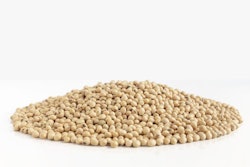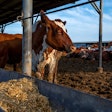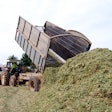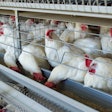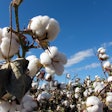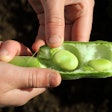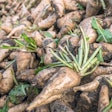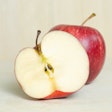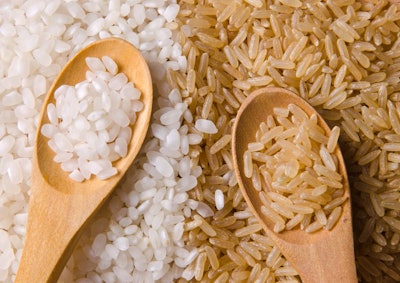
Sometimes brown rice becomes available for animal feeding, especially where it is grown locally
Paddy rice and brown rice are not the same. Paddy rice is rice harvested from the fields (wet pads) and contains the husks. The latter are high in silicone and lignin, and as such they are highly abrasive and may cause lesions to the gastrointestinal tract if consumed at large enough quantities. Rice husks find a better use as a broiler litter material, or as a fuel. Once husks are removed, then we have brown rice – in essence, a cereal that looks not much different than wheat, at least from a distance. Here, it is a good point to indicate that rice varieties are as much variable in composition as wheat varieties are. There is no single rice variety used for all purposes as we do not have only one wheat variety for all purposes. This is important because we need to have a clear understanding of the variety and nutrient composition before we use brown rice in any feed formulation.
Next, we need to realize that the difference between brown rice and what we call rice (for human consumption, the white one, that is) is the bran which, as can be expected, is brown in color. Rice bran is rather high in oil and even higher in its susceptibility to oxidation once separated from the rice kernel. Thus, brown rice with the bran intact does not have such a problem assuming brown rice is ground and stored for reasonable periods of time – something that is true for all cereals for obvious reasons of preserving initial cereal quality.
That broilers can consume white rice, rice polishings and rice broken parts is a topic well researched and established. Thus, the question then becomes, “What about whole brown rice?” As it happens, on certain occasions, brown rice becomes available for animal feeding, especially in regions where it is grown locally, such as in southeast Asia. Feeding it to broilers is a viable option as broilers are also a great part of the same agricultural communities.
A recent report (2021) in the Journal of Poultry Nutrition verified what was already known among many nutritionists. In this study, brown rice not only provided a wholesome cereal alternative for broilers, but under heat stress conditions, it improved their response to adverse environmental conditions. Other studies, easily found on the internet, provide credence to the above statement – at least the part that says brown rice can replace or supplement other more commonly used cereals.
In fact, today there are rice varieties being developed exclusively for animal feed, but if this is going to be at the expense of reducing rice for human consumption, it requires a longer conversation as it is entangled with global politics and national economic strategies.



